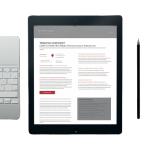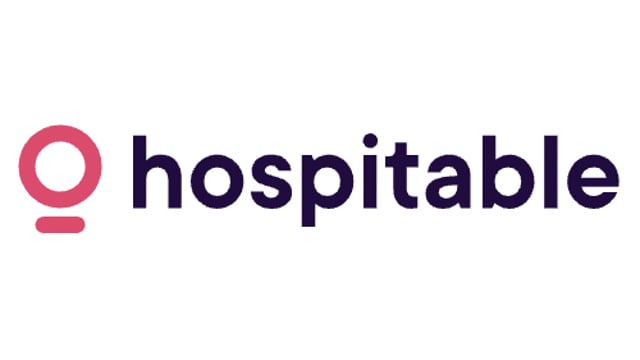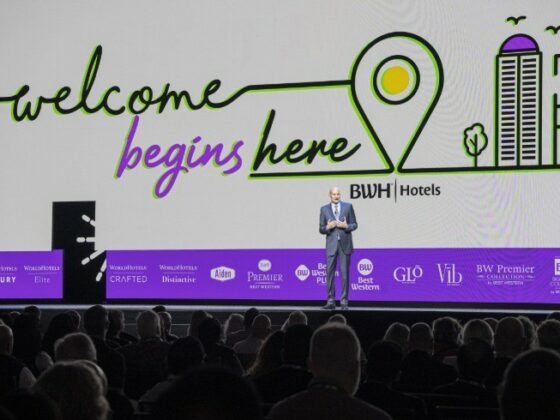
When you’re managing the customer experience across a portfolio of hundreds or thousands of locations, it can feel like you don’t really know what’s happening on the ground. Visiting each location, connecting with local management, and understanding nuanced customer feedback is incredibly challenging for multi-location hospitality leaders–even those who travel regularly.
Fortunately, the advent of social media and online reviews has made holistic customer intelligence across locations easier to grasp. The rise in online chatter means businesses now have more real-time insights into consumer behavior, sentiment and interests than ever before.
Consider Marriott International, which has nearly 9,100 properties across the globe. Despite this massive global footprint, Marriott has operationalized customer feedback in a way that allows them to deliver personalized, one-on-one service to each guest and resolve issues quickly.
“If you handle the problem the right way, the customer surveys will often be higher than if the problem had never occurred,” said Julius Robinson, Marriott’s chief operating officer for the Western U.S. & Gaylord Hotels Nationwide on Amazing Business Radio.
So how can you seize the moment and uncover the insights that help you outrank your competitors?
The first step is developing a strategy around driving more reviews from guests. A recent survey found that 95% of consumers said they would trust a business with extensive online reviews over one with just some reviews. Beyond lending credibility to your business, more reviews can help you understand operational and customer experience changes that could have a significant impact on your guests’ satisfaction and loyalty.
Additionally, you’ll have the opportunity to respond directly to critical feedback, demonstrating to potential customers that you care about the guest experience. More than one third (36%) of consumers think a business can differentiate itself by responding publicly to reviews.
Modern technology makes it easier than ever to operationalize the process of driving more reviews, analyzing them, and uncovering mission-critical insights.
A Review is Worth a Thousand Words
Word-of-mouth marketing has always benefitted businesses more than advertising, because people prefer to hear recommendations from other people. In the digital-first era, consumers are increasingly turning to online reviews in lieu of those personal recommendations. Research shows that 19% of Millennial and Gen Z consumers–generations known for being chronically online–read reviews first when researching a business, compared to just 14% of Baby Boomers.
Reviews impact the hospitality industry more than others. Nearly half (46%) of consumers would not dine at a restaurant without reading reviews, with 30% saying they would even peruse images and written reviews at the table while deciding what to order. Again, generational trends are obvious here, with younger generations placing more emphasis on reviews.
Researchers from Symbiosis International University in India also found that 90% of people who pre-book their hotel stays online consider reviews when booking a hotel.
Thinking Beyond Google
When considering where to collect and analyze customer feedback, it’s easy to have a one-track mind that takes you straight to Google. But reviews can live in many domains, and in the era of AI-powered search, a consistent presence across many platforms is even more critical. While Google Reviews are the most trusted review platform by Gen Z, Baby Boomers are more likely to trust Better Business Bureau. A consistent, responsive presence across these platforms can ensure you show up in every potential guest’s search.
Driving comprehensive reviews that incorporate multi-media like photos and videos is also critical. Photos help guests understand a restaurant’s or hotel’s atmosphere and cleanliness, which may be a key factor in why a staggering 92% of consumers look at photos when scrolling business reviews. Gen Z and Millennial groups are more likely to do this than Gen X and Baby Boomers. Make sure you’re asking your customers to share photos alongside their reviews.
Analyzing the photos that go alongside your reviews can provide valuable insights into things like cleanliness and adherence to presentation standards.
When it comes to images, consumers are most influenced by:
- Food photos (41%)
- Menu photos (21%)
- Cleanliness photos (19%)
- Atmosphere photos (13%)
Managing Feedback at Scale
Every hospitality leader reads reviews of their business, but do they have the capacity to read and respond to hundreds, thousands or even millions of reviews? Probably not. That’s where AI can help.
With AI, restaurants and hotels can analyze the growing volume of online customer chatter and uncover emerging trends, reputational risks, and customer experience opportunities. This requires minimal technical expertise: with today’s LLMs, marketers and brand managers can simply ask questions in natural language to learn more about what customers are experiencing at their locations.
Having insights at this scale can be a game changer. Collecting and operationalizing customer feedback can help businesses turn first-time customers into lifetime customers. The research is clear: consumers are looking at your online presence and reviews before booking a reservation, and yours better be up to snuff.
ABOUT THE AUTHOR
John Mazur is CEO of Chatmeter, a leader in multi-location customer intelligence. With over 20 years of global executive experience, he has a proven track record of growing and transforming businesses through the creation and improvement of fundamental business practices that drive profitable growth in competitive and volatile markets. He previously served as President, Residential at CoStar following the company’s acquisition of HomeSnap, where he served as CEO.







